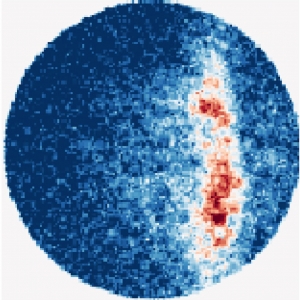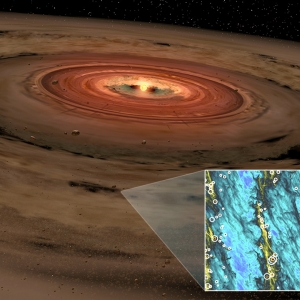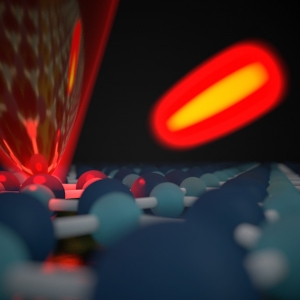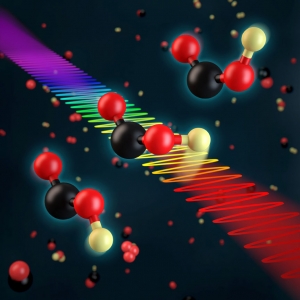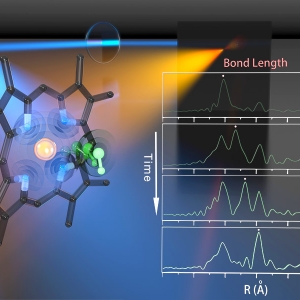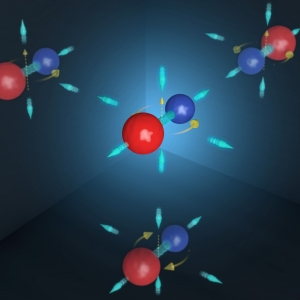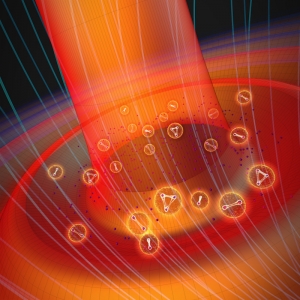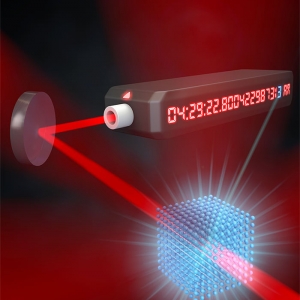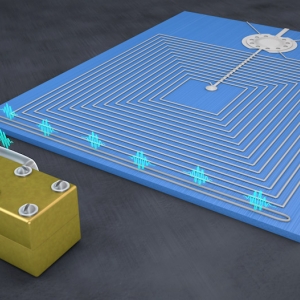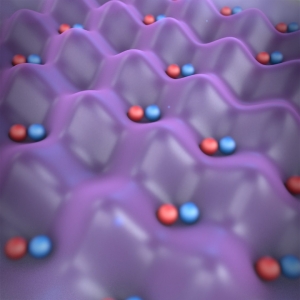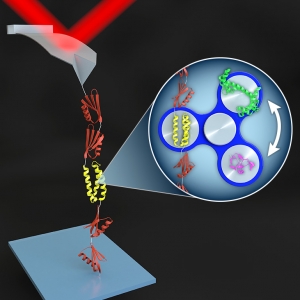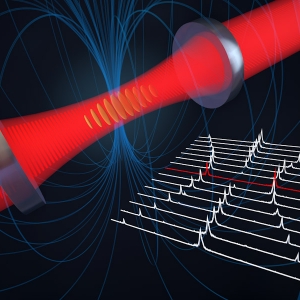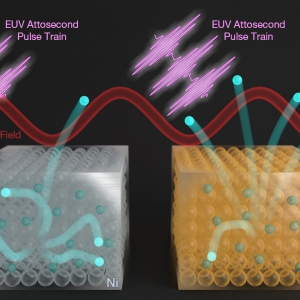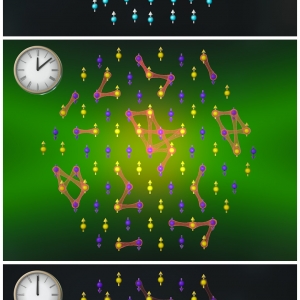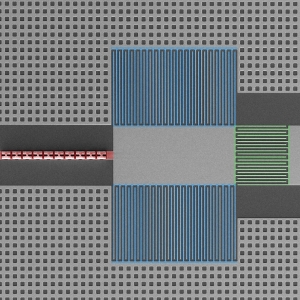Research Highlights
Displaying 141 - 160 of 475
Atomic & Molecular Physics
Shake it Till You Make it
PI(s):
Dana Anderson
Precision Measurement
Same Clock. New Perspective.
PI(s):
Jun Ye
Astrophysics
How a Dust Bunny Becomes a Planet
PI(s):
Phil Armitage
Nanoscience
Brightening the Dark State
PI(s):
Markus Raschke
Laser Physics
How Magnetism Melts Away
PI(s):
Henry Kapteyn | Margaret Murnane
Atomic & Molecular Physics
The Energetic Adolescence of Carbon Dioxide
PI(s):
Jun Ye
Biophysics
Molecule Movies, Now Filming at NIST
PI(s):
Ralph Jimenez
Precision Measurement
And, The Answer Is . . . Still Round
PI(s):
Eric Cornell | Jun Ye
Atomic & Molecular Physics
It’s Triplets!
PI(s):
Eric Cornell | Deborah Jin
Atomic & Molecular Physics | Precision Measurement
The Clock that Changed the World
PI(s):
Jun Ye
Nanoscience | Quantum Information Science & Technology
A New Quantum Drum Refrain
PI(s):
Konrad Lehnert
Atomic & Molecular Physics
Quantum Adventures with Cold Molecules
PI(s):
Ana Maria Rey | John Bohn | Jun Ye
Quantum Information Science & Technology
E.T. Phone Home
PI(s):
Graeme Smith
Astrophysics
Something New Under the Sun
Biophysics
Precision Biomechanics
PI(s):
Thomas Perkins
Laser Physics
Lassoing Colors with Atomic Cowpokes
PI(s):
James Thompson
Laser Physics | Nanoscience
The Electron Stops When The Bands Play On
PI(s):
Henry Kapteyn | Margaret Murnane
Atomic & Molecular Physics
The Ties That Bind
PI(s):
Ana Maria Rey
Precision Measurement
The Chameleon Interferometer
PI(s):
Cindy Regal | Konrad Lehnert
Precision Measurement
The Hunt Is On For The Axion
PI(s):
Konrad Lehnert





